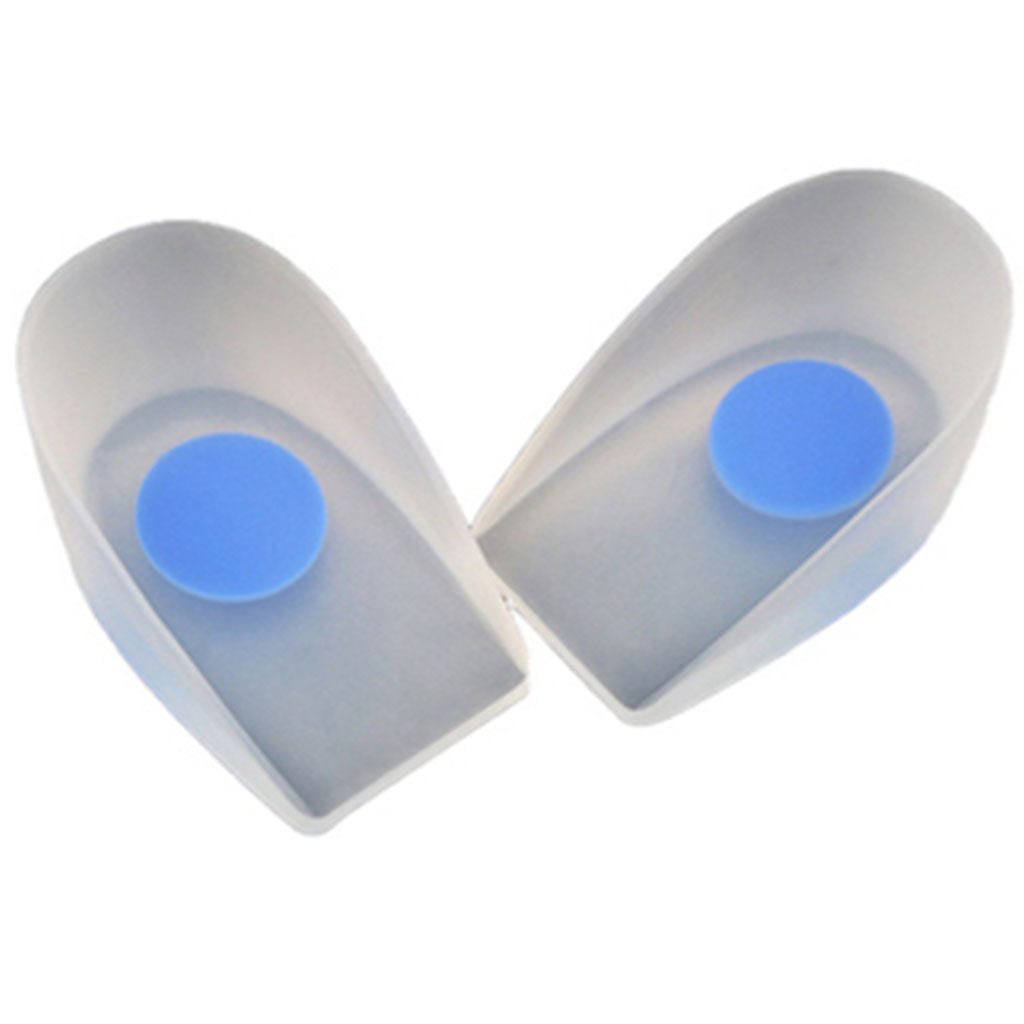Heel Pain
Heel pain is a very common foot pain. It occurs under the heel or just behind it, where the Achilles tendon connects to the heel bone. People usually feel heel pain under the foot, toward the front of the heel. Heel pain typically starts gradually and becomes more severe.
Heel pain can be a debilitating condition that affects individuals of all ages. we will explore the various causes, symptoms, and treatment options available for heel pain. One needs clarity on underlying factors backing to your heel pain so that appropriate steps could be taken to lessen discomfort and restore optimal foot health.
Causes of Heel Pain
Some common factors include:
- Plantar Fasciitis: This is the most common cause of heel pain and occurs when the plantar fascia, a thick band of tissue that supports the arch of the foot, becomes inflamed.
- Achilles Tendinitis: Inflammation of the Achilles tendon, which connects the calf muscles to the heel bone, can result in heel pain.
- Heel Spurs: These bony growths develop underneath the heel bone and can cause major discomfort.
- Sever’s Disease: Primarily affecting children and adolescents, this condition occurs when the growth plate in the heel becomes sore.
- Bursitis: Inflammation of the bursa, fluid-filled sacs that cushion the joints, can cause heel pain.
Symptoms of Heel Pain
Recognizing the symptoms associated with heel pain is crucial for proper diagnosis and treatment. Few are:
- Intense pain in the heel, especially when taking the first steps in the morning or after periods of rest.
- Pain that worsens with activity and improves with rest.
- Swelling, redness, or warmth in the heel area.
- Tenderness or a kind of bruised sensation around the heel.
- Limited mobility or difficulty walking due to extreme pain.
Treatment Options
Fortunately, there are various treatment options available to alleviate heel pain and promote healing. These may include:
- Rest and Ice: Taking a break from activities that exacerbate the pain and applying ice packs to the affected area can help reduce inflammation and relieve discomfort.
- Stretching and Physical Therapy: Stretching exercises, especially those targeting the calf muscles and plantar fascia, can help improve flexibility and alleviate heel pain.
- Orthotic Inserts: Custom or over-the-counter shoe inserts can provide additional support and cushioning to relieve pressure on the heel.
- Medications: Non-steroidal anti-inflammatory drugs (NSAIDs) may be recommended to reduce pain and inflammation.
- Night Splints: Wearing night splints that keep the foot in a slightly flexed position can help stretch the calf muscles and plantar fascia while sleeping.
- Injections: Corticosteroid injections may be considered for severe cases of heel pain that do not respond to conservative treatments.
- Surgery: In rare instances when other treatments fail, surgical intervention may be necessary to address the underlying cause of the heel pain.
Recommended Products for Heel Pain Relief
At Insole Clinic®, our customers have experienced significant improvement in managing heel pain with our products. For more details, we recommend exploring the products listed below and selecting the one that best suits your foot conditions.
If you are uncertain and need guidance, we are more than happy to provide assistance. Simply reach out to us via email at support@insoleclinic.



